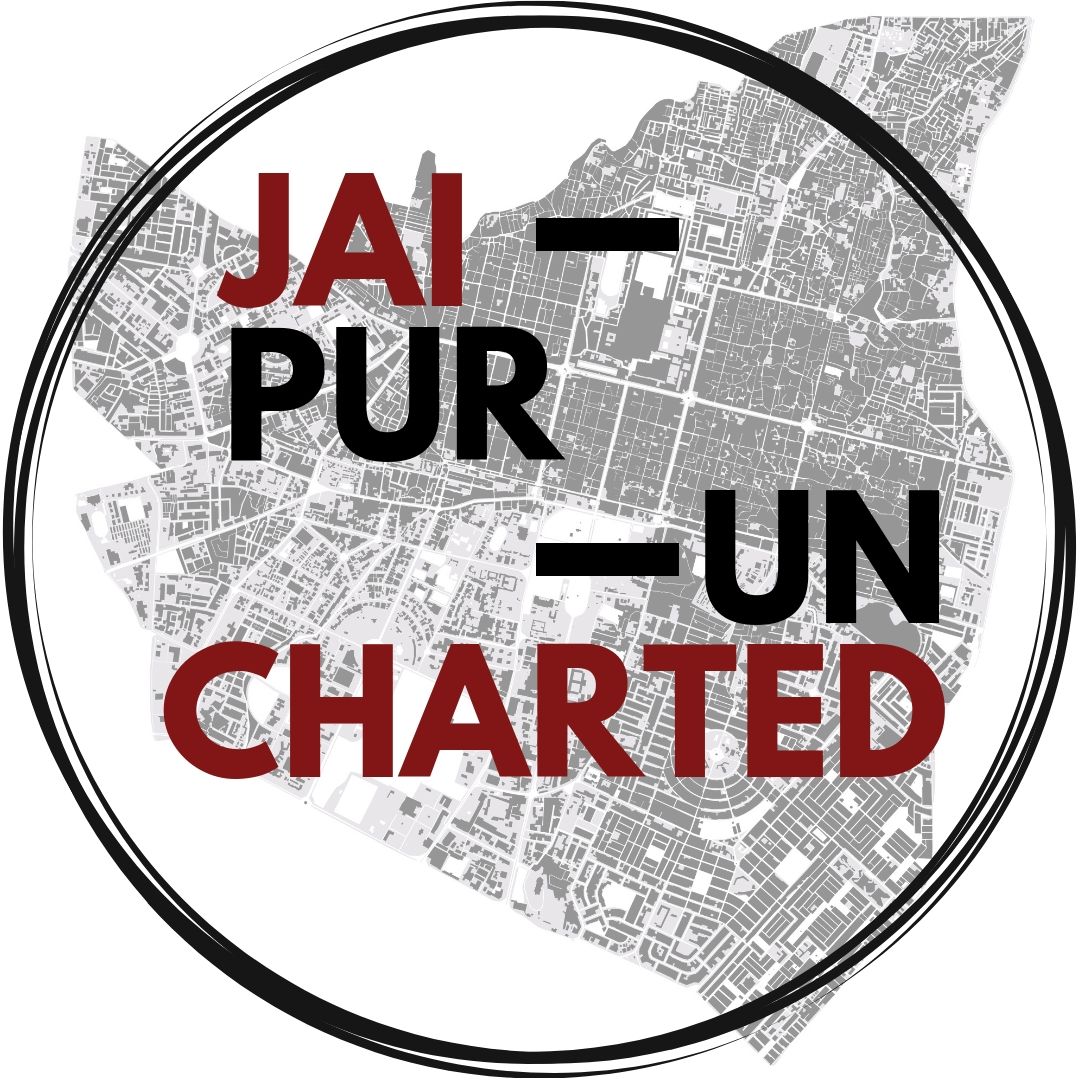The City of Jaipur is an exceptional example of indigenous city planning and construction in South Asia. In a remarkable difference from the existing medieval practices where settlements developed over a longer period of time, in layers, in response to local geography, topography, climate and socio-cultural systems including caste system and occupation, Jaipur was conceived and developed in a single phase in the 18th Century CE with a grid-iron model inspired from the Prastara plan of the Vastu Shastra, a treatise of traditional Hindu architecture. This town plan later became a trendsetter for many 19th Century CE towns in Rajasthan State and India. Built under the patronage of Sawai Raja Jai Singh II (ruled 1700 – 1743 CE), a project approach was taken towards the city construction where most of the city infrastructure, public and royal spaces were completed within a span of four years, from 1727 – 1731 CE along with special royal invitations to several traders inviting them to settle in this newly envisaged trade and commerce city.
Unlike other medieval cities of the region, Jaipur was deliberately planned as a new city located on the plains and open for trade, as opposed to cities on hilly terrain and military cities of the past, though it’s planning still responded to the surrounding hilltops in all topography. The site selected within the valley that lay to the south of the Amber hills was comparatively flat and undeveloped. It was also adequately protected, nestled within hills having an array of forts and defence posts. Thus, the new city could be planned as an inviting trade and commerce city with an ambitious vision of the ruler Sawai Jai Singh II and his architect-planner Vidyadhar.
The design of the new city was a breathtaking departure from the prevalent practices in city development in the sub-continent. Its urban morphology reflected the coming together of cultural elements from eastern and western planning, expressing a culture of a ‘trade and commerce city’ and townscape that is unparalleled anywhere in South Asia. Envisaged as a trade capital, the main avenues of the city were designed as markets, which still remain as characteristic bazaars of the city. Chaupar, or designed large public squares at the intersection of roads, is another feature that is distinct to Jaipur as are its single and multicourt Havelis and haveli temples. Besides an exemplary planning, its iconic monuments such as the Govind Dev temple, City Palace, Jantar Mantar and Hawa Mahal excel in artistic and architectural craftsmanship of the period.
Jaipur is an expression of the astronomical skills, living traditions, unique urban form and exemplary innovative city planning of an 18th-century city from India.
Criterion (ii): Jaipur is an exemplary development in town planning and architecture that demonstrates an amalgamation and important interchange of several ideas over the late medieval period. It shows an interchange of ancient Hindu, Mughal and contemporary Western ideas that resulted in the customised layout of the city. It is believed that Raja Jai Singh arrived at the final layout after a thorough analysis of several town plans sourced from across the globe. Following the grid-iron plan prevalent in the west but with traditional zoning, superimposed by the desire to rival Mughal cities, Jaipur reflected new concepts for a thriving trade and commerce hub that became a model for the later towns in the adjoining Shekhawati region and others parts of Western India.
Criterion (iv): Jaipur represents a dramatic departure from extant medieval cities with its ordered, grid-like structure – broad streets, crisscrossing at right angles, earmarked sites for buildings, palaces, havelis, temples and gardens, neighbourhoods designated for particular castes and occupations. The main markets, shops, havelis and temples on the main streets were constructed by the state, thus ensuring that a uniform street facade was maintained in Jaipur. The city planning of Jaipur remains a unique response to the terrain that amalgamates ideas from an ancient Indian treatise to contemporary global town plans and Imperial Mughal architecture to finally produce a monumental urban form, unparalleled in its scale and magnificence for its times. While the grid iron pattern of planning has been used historically in city planning, its application at such a monumental scale for a planned trade city, along with its particular urban form, makes it an important example in the history of urban planning of the Indian subcontinent. The continuity of the architecture and urban form is enhanced by the functions of trade and craftsmanship that reflect the living heritage character of this innovative urban settlement.
Criterion (vi): Historically, the city is said to have housed “chattis karkhanas” (36 industries), the majority of which included crafts like gemstones, lac jewellery, stone idols, miniature paintings, each with a specified street and market some of which continue to exist. During 19th century, the local crafts received further momentum with British period influences in special exhibitions held in United Kingdom, establishment of institutions such as the Rajasthan School of Arts and Albert Hall Museum. While the local traditions of guilds continued, formal institutions for crafts, policies and programmes by Government and the private sector further contributed to national and international recognition of Jaipur crafts in the 20th and 21st centuries. There are 11 surviving crafts, and continuing building crafts of Jaipur contribute much to the conservation works of the city, and the renowned craftsmen from Jaipur continue to conserve and restore historic structures across many cities in India.
